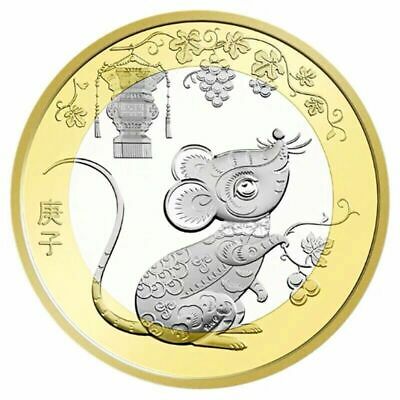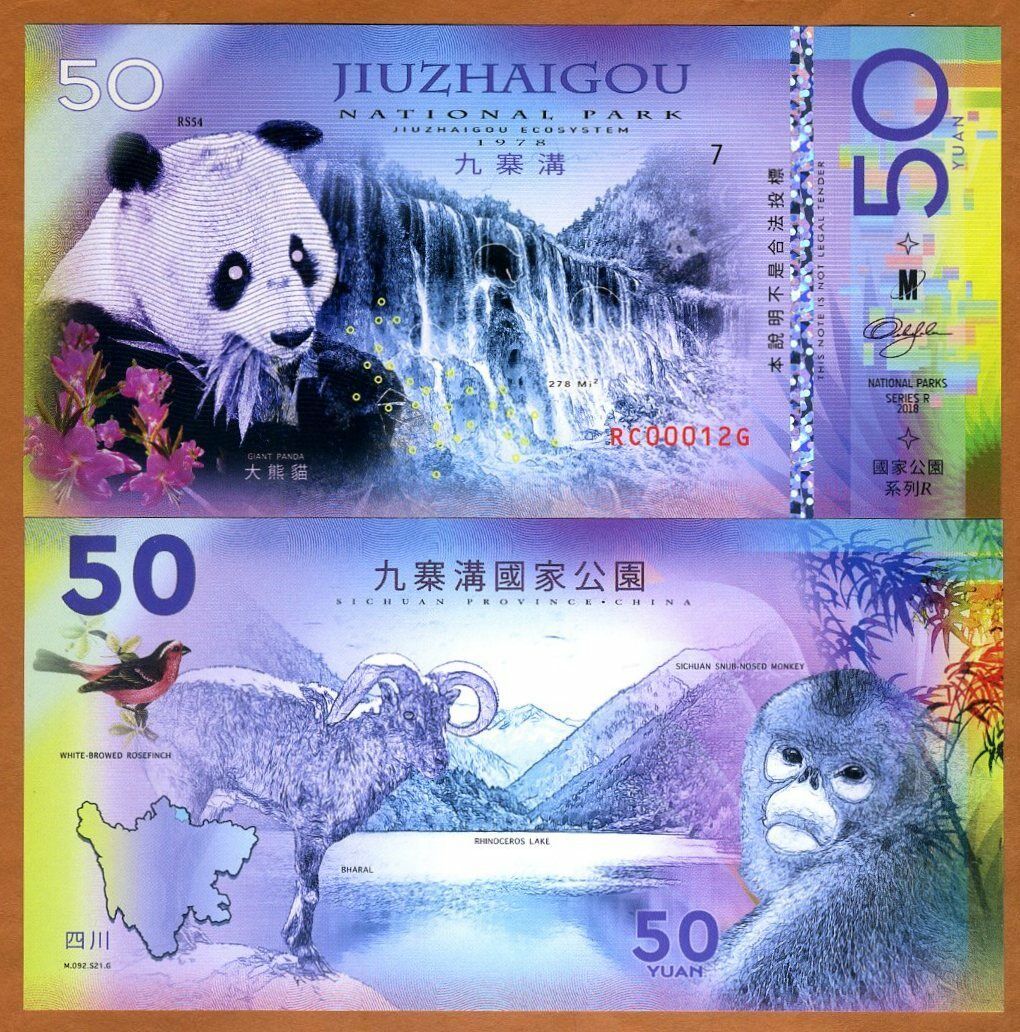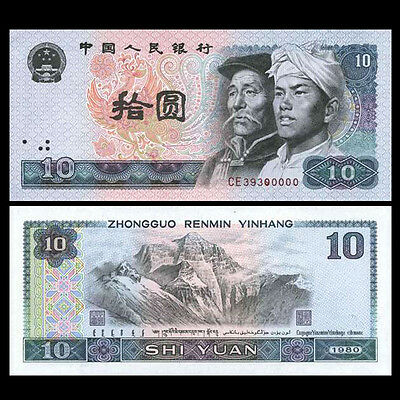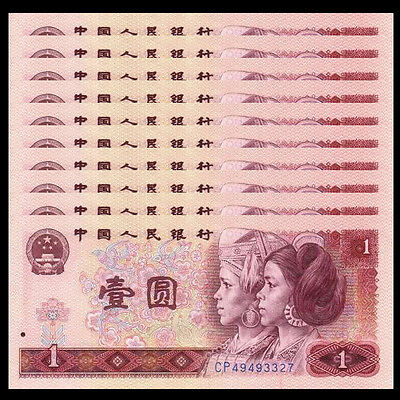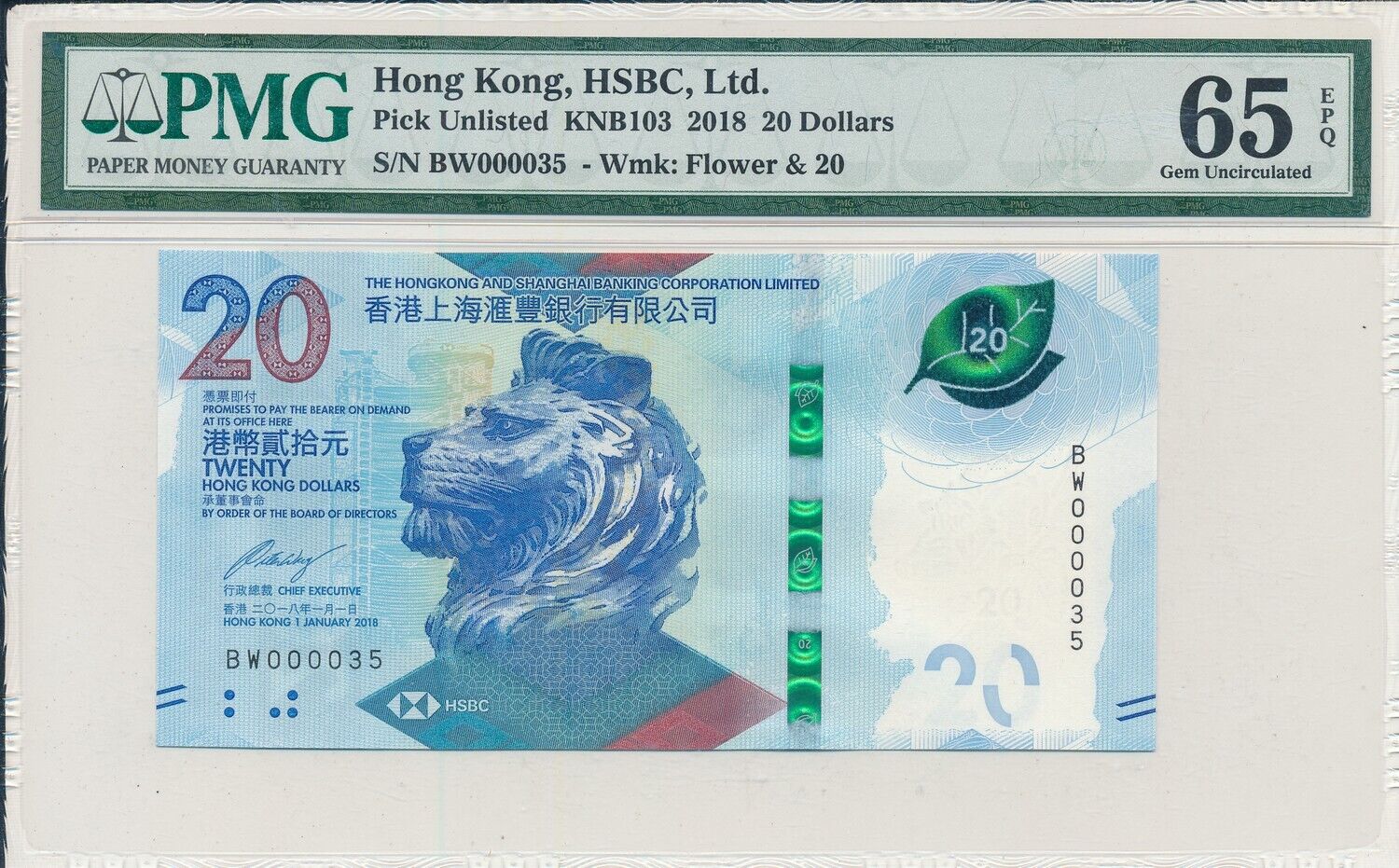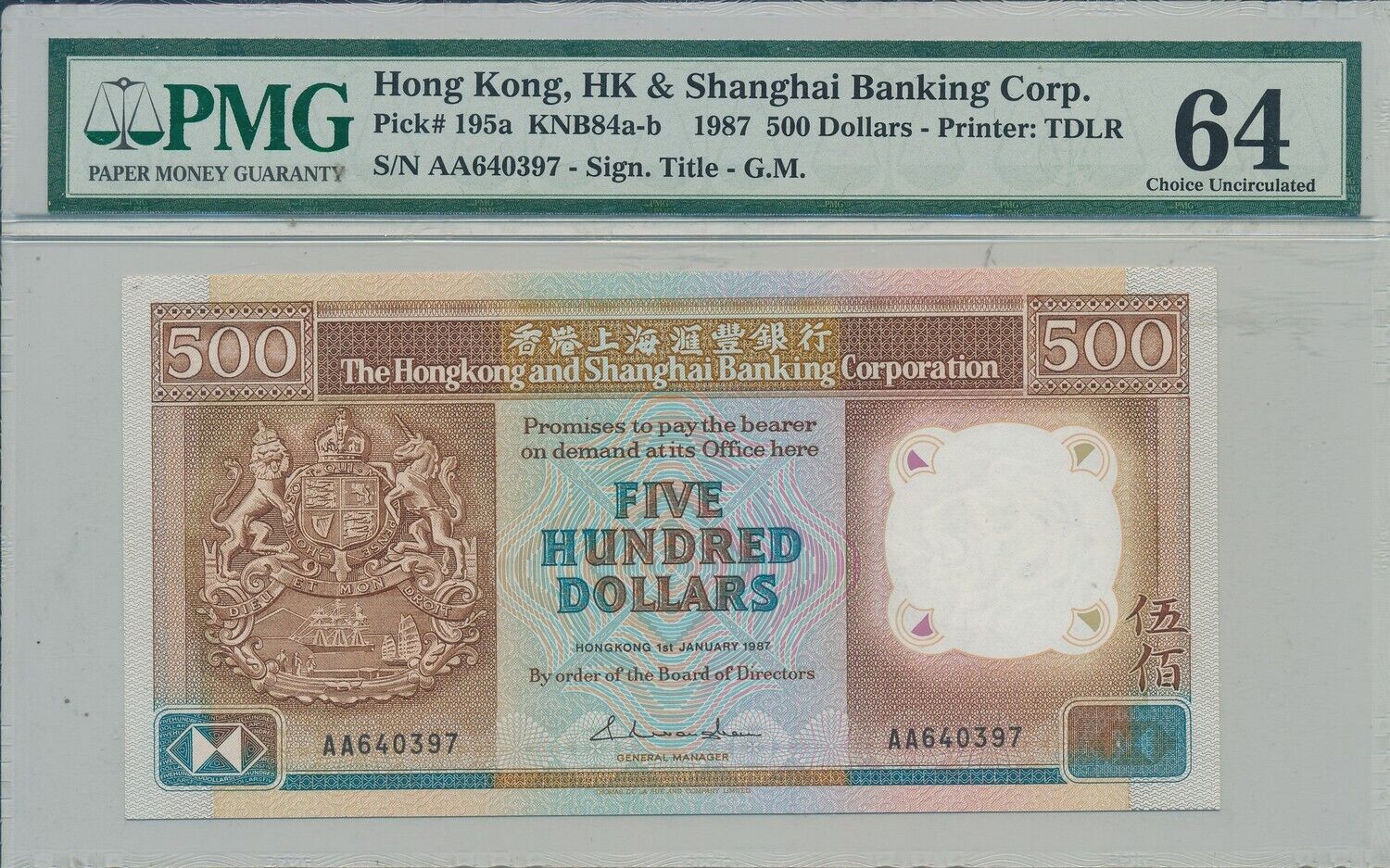-40%
XXX-RARE 1949 5 MILLION GOLD YUAN (P449E) ISS'D AS SHANGHAI FELL Gem Crisp AU-CU
$ 422.37
- Description
- Size Guide
Description
CENTRAL BANK OF CHINA1949 5,000,000 GOLD YUAN
One of the LAST notes of the Republic of China!!
AND one of the Highest Denominations!
ONLY ONE ON EBAY U.S.A.!!
As the Communist Takeover of China began to appear more and more inevitable, the Central Bank of China began to issue ever greater denominations in an attempt to save the wealth of the Republic. For this reason, they were back in
GOLD
!!
This very rare 5,000,000 Gold Yuan Note was issued on July 5, 1949, three days
after
the Communists invaded Shanghai, so it was likely carried out of the city (and country) by a fleeing Nationalist solider or citizen loyal to Chang Kai-Shek!!
Incredibly historic currency in virtually flawless condition! The only one in our archives. When it's gone, it's gone forever.
The Chinese Communist Party, founded in 1921 in
Shanghai
, originally existed as a study group working within the confines of the First United Front with the Nationalist Party. Chinese Communists joined with the Nationalist Army in the Northern Expedition of 1926–27 to rid the nation of the warlords that prevented the formation of a strong central government. This collaboration lasted until the “White Terror” of 1927, when the Nationalists turned on the Communists, killing them or purging them from the party.
After the
Japanese invaded Manchuria in 1931
, the Government of the Republic of China (ROC) faced the triple threat of Japanese invasion, Communist uprising, and warlord insurrections. Frustrated by the focus of the Nationalist leader Chiang Kai-shek on internal threats instead of the Japanese assault, a group of generals abducted Chiang in 1937 and forced him to reconsider cooperation with the Communist army. As with the first effort at cooperation between the Nationalist government and the CCP, this Second United Front was short-lived. The Nationalists expended needed resources on containing the Communists, rather than focusing entirely on Japan, while the Communists worked to strengthen their influence in rural society.
During World War II, popular support for the Communists increased. U.S. officials in China reported a dictatorial suppression of dissent in Nationalist-controlled areas. These undemocratic polices combined with wartime corruption made the Republic of China Government vulnerable to the Communist threat. The CCP, for its part, experienced success in its early efforts at land reform and was lauded by peasants for its unflagging efforts to fight against the Japanese invaders.
Chiang Kai-shek
Japanese surrender set the stage for the resurgence of civil war in China. Though only nominally democratic, the Nationalist Government of Chiang Kai-shek continued to receive U.S. support both as its former war ally and as the sole option for preventing Communist control of China. U.S. forces flew tens of thousands of Nationalist Chinese troops into Japanese-controlled territory and allowed them to accept the Japanese surrender. The Soviet Union, meanwhile, occupied Manchuria and only pulled out when Chinese Communist forces were in place to claim that territory.
In 1945, the leaders of the Nationalist and Communist parties, Chiang Kai-shek and Mao Zedong, met for a series of talks on the formation of a post-war government. Both agreed on the importance of democracy, a unified military, and equality for all Chinese political parties. The truce was tenuous, however, and, in spite of repeated efforts by U.S. General
George Marshall
to broker an agreement, by 1946 the two sides were fighting an all-out civil war. Years of mistrust between the two sides thwarted efforts to form a coalition government.
As the civil war gained strength from 1947 to 1949, eventual Communist victory seemed more and more likely. Although the Communists did not hold any major cities after World War II, they had strong grassroots support, superior military organization and morale, and large stocks of weapons seized from Japanese supplies in Manchuria. Years of corruption and mismanagement had eroded popular support for the Nationalist Government. Early in 1947, the ROC Government was already looking to the island province of Taiwan, off the coast of Fujian Province, as a potential point of retreat. Although officials in the Truman Administration were not convinced of the strategic importance to the United States of maintaining relations with Nationalist China, no one in the U.S. Government wanted to be charged with facilitating the “loss” of China to communism. Military and financial aid to the floundering Nationalists continued, though not at the level that Chiang Kai-shek would have liked. In October of 1949, after a string of military victories, Mao Zedong proclaimed the establishment of the PRC; Chiang and his forces fled to Taiwan to regroup and plan for their efforts to retake the mainland.
The ability of the PRC and the United States to find common ground in the wake of the establishment of the new Chinese state was hampered by both domestic politics and global tensions. In August of 1949, the Truman administration published the “China White Paper,” which explained past U.S. policy toward China based upon the principle that only Chinese forces could determine the outcome of their civil war. Unfortunately for Truman, this step failed to protect his administration from charges of having “lost” China. The unfinished nature of the revolution, leaving a broken and exiled but still vocal Nationalist Government and Army on Taiwan, only heightened the sense among U.S. anti-communists that the outcome of the struggle could be reversed. The outbreak of the Korean War, which pitted the PRC and the United States on opposite sides of an international conflict, ended any opportunity for accommodation between the PRC and the United States. Truman’s desire to prevent the Korean conflict from spreading south led to the U.S. policy of protecting the Chiang Kai-shek government on Taiwan.
For more than twenty years after the Chinese revolution of 1949, there were few contacts, limited trade and no diplomatic ties between the two countries.
Until the 1970s
, the United States continued to recognize the Republic of China, located on Taiwan, as China’s true government and supported that government’s holding the Chinese seat in the United Nations.

